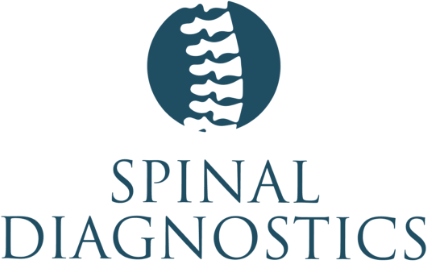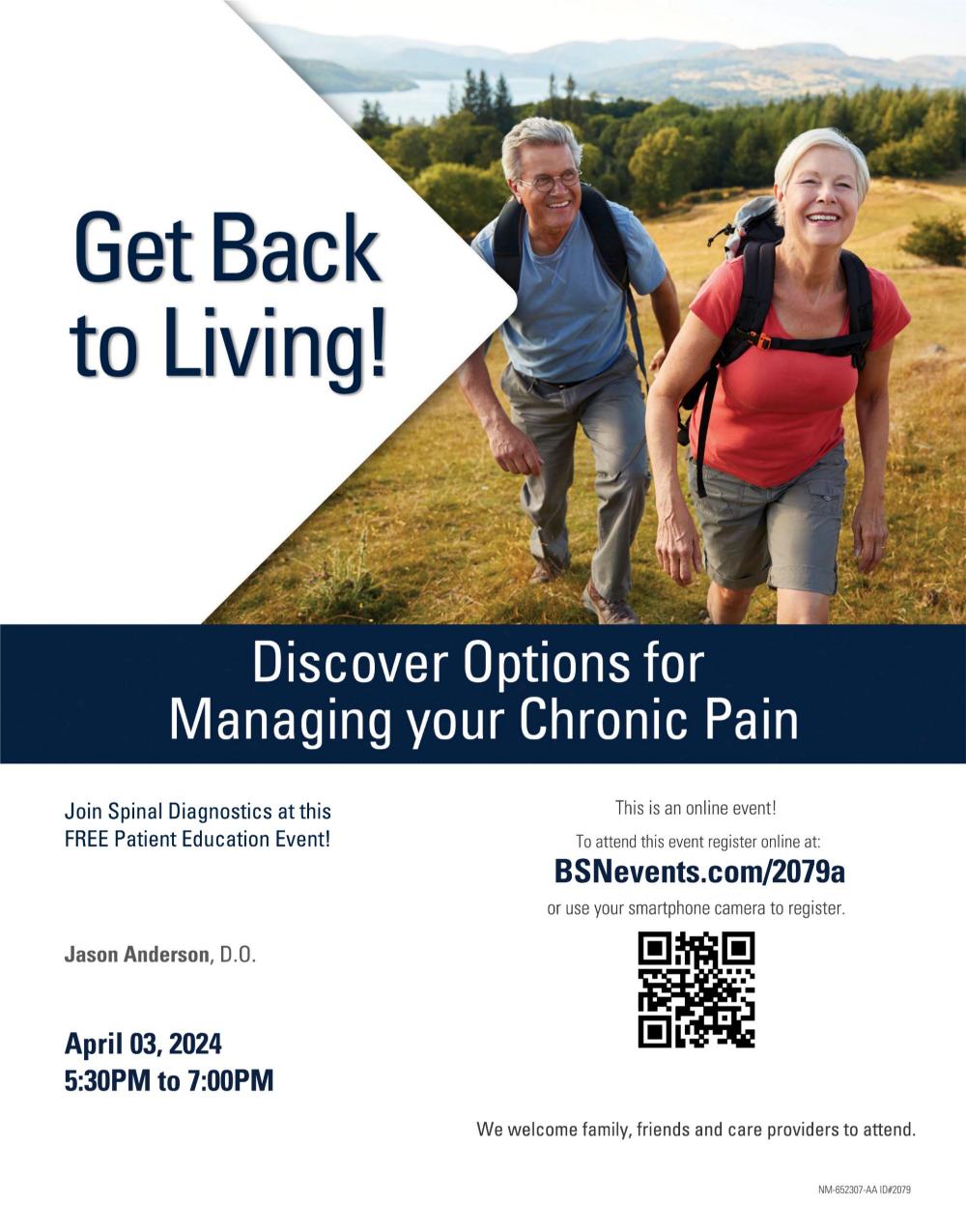Complex regional pain syndrome (CRPS) is an illness characterized by debilitating pain that affects the limbs, usually your arms or legs. Still, it can spread to other body parts as it progresses. It is a chronic condition usually caused by an injury followed by abnormal and prolonged pain that may also include other signs like swelling, mobility limitations, sweating, and skin color or temperature changes.
CRPS is a complex condition that could cause sleep issues and psychological problems due to the severity of the symptoms. The impact of the debilitating pain and the emotional toll this condition may cause can be profound.
A multidisciplinary approach to CRPS can help patients manage their symptoms and improve their mental well-being. This may include conservative therapies, non-opioid medications, and neuromodulation procedures.
CRPS is usually caused by trauma and then followed by abnormal pain afterward. This trauma may arise from issues such as:
- An injury to the limbs
- Fractures, sprains, or strains
- Surgery or limb immobilization
- Nerve damage or compression due to spinal conditions like LSS or a herniated disc
Having pain after an injury is a regular occurrence. However, when this appears in an abnormal quantity or during a prolonged period, it may be a sign of CRPS. Some other symptoms that may lead to its diagnosis include the following:
- Persistent and severe pain in the affected limb
- Swelling and changes in skin color, temperature, and texture
- Joint stiffness and muscle weakness
- Limited mobility at the injury site
- Skin sensitivity to touch or cold
- Abnormal sweating
- Changes in hair and nail growth
CRPS, as a chronic condition, can have multiple stages where symptoms tend to progress and become more intense:
- Acute phase: When the signs appear for 1 to 3 months.
- Dystrophic stage: The symptoms have been occurring for 3 to 6 months.
- Atrophic phase: The symptoms have been appearing for over six months.
CRPS is a complex condition that may benefit from multiple treatments like neuromodulation procedures or a comprehensive approach focusing on emotional support.
Neuromodulation targets the nerves that send pain signals into the brain, stimulating and reducing pain. Some of the most common neuromodulation treatments for CRPS include:
- Peripheral nerve stimulation uses electrical stimulation to target peripheral nerves around the spinal cord.
- Nerve blocks involve a temporary nerve numbing that sends pain signals into the brain.
- Spinal cord stimulation uses electrical impulses to modify the nerve activity in the spine, stopping pain from being felt.
- Transcutaneous Electrical Nerve Stimulation (TENS) involves using low-level electrical impulses to help reduce pain and increase blood flow.
Multiple injections may help reduce symptoms of CRPS. Unlike other treatment procedures, injections offer fast results and ensure quick recovery. Injection types can include:
- Nerve-blocking injections for blocking pain signals
- Sympathetic ganglion blocks for reducing pain and inflammation
- Epidural steroid injections to reduce inflammation in the nerves that send pain signals
Non-opioid medications reduce the risk of developing an addiction and are a lot more gentle on the body. Some of the best non-narcotic medication options for CRPS include:
- Nonsteroidal anti-inflammatory drugs
- Anticonvulsants
- Antidepressants
- Muscle relaxants
Complex regional pain syndrome often benefits from a multidisciplinary approach. Multiple kinds of therapies and lifestyle changes can help patients cope with the symptoms and emotional toll this condition may produce:
- Physical therapy: Physical therapy and exercises can help alleviate leg pain symptoms. Some alternative conservative treatments may include massage therapy, acupuncture, and chiropractic care.
- Occupational therapy: This form of therapy aims to improve functionality within daily activities by using adaptive strategies and pain management techniques.
- Psychotherapy: CRPS can have a profound emotional toll on patients that suffer from it. Psychotherapy will focus on providing tools to cope with psychological challenges that may arise due to the condition.
- Stress management: By practicing relaxation and breathing techniques, the stress levels in the body will be reduced, helping to lower pain levels.
- Sleep hygiene: CRPS can hinder the quality of sleep. Habits like avoiding using the phone before bed and maintaining a comfortable environment can help restore sleep.
- Healthy lifestyle: A healthy lifestyle may include performing low-impact exercises, keeping a nutritious diet, and avoiding smoking and heavy drinking.
We focus on spinal and neuropathic pain management at the Spinal Diagnostics clinic. Our team of specialists are recognized leaders in clinical research and will provide you with an updated diagnostic process and treatment options.
We have dedicated our practice to improving our patient’s quality of life without using opiate medications or traditional spine surgery. Over ten years of experience makes us the top choice for those with back and neck pain.
If you want to learn more about our services, call us, schedule an appointment online, or visit our locations in Tualatin and Newberg in Oregon.





